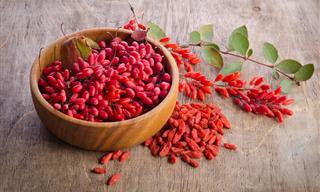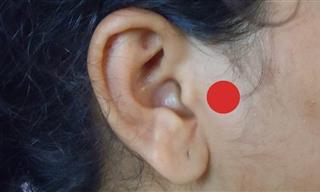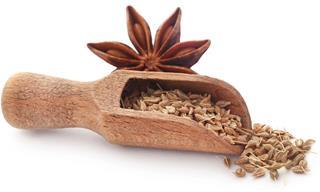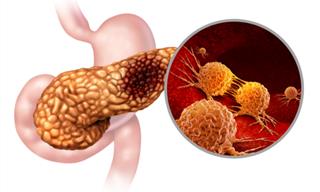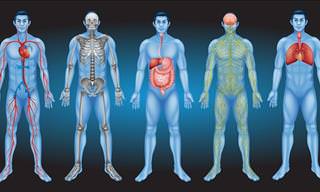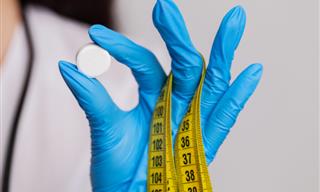Many of us have experienced the uncomfortable sensation of swollen hands, which can occur suddenly without warning. This nuisance may only last for a few minutes on many occasions, but on others, it can persist for much longer. But is there a reason to panic?
In most cases, the answer is NO. What's happening in our palms, hands and fingers reflects what is happening both inside and outside our bodies. These factors are rarely a cause for concern. However, in those few cases where there is a problem, it’s good to be able to identify it and understand whether it’s treatable at home, or if it’s time to see a doctor.
1. Carpal Tunnel Syndrome
Carpal Tunnel Syndrome occurs when the median nerve is compressed as it travels through the wrist at the carpal tunnel and causes pain, numbness, and tingling in the part of the hand that receives sensation from the median nerve. This is a very common syndrome in both men and women of various ages and occurs mostly in people who engage in monotonous actions (such as office work).
If treated early on, the problem is easily remedied, but the longer it takes to diagnose and treat, the longer the healing process takes.
Home treatments require several actions:
• Icing – If you suspect that the source of the inflammation is from a repetitive action, ice your wrists twice a day for 15-20 minutes each time. Use an ice pack or a bag of frozen peas wrapped in a towel. Avoid placing the ice directly on your skin.
• Take breaks – If you keep bending your wrists and fingers repeatedly when doing computer work, sewing, or knitting, make sure you take a 5 to 10 minute break every hour and avoid straining your wrists during those breaks.

• Carpal tunnel stretches – This simple exercise can help reduce the pain: touch your thumb to your pinky and then bend the 3 remaining fingers onto the “bridge” they formed. Use your other hand to push down those fingers, but don’t do it too hard. While holding the fingers down, try straightening them. You will feel the carpal tunnel getting stretched. Maintain this pose for 5 seconds and release. Perform this exercise five times a day.
• Massage – Apply hand or body lotion to your hand and use the opposite hand to gently apply pressure, while rubbing the lotion in. The massage will increase blood flow to the area and will reduce the pain. The massage should take about 5-10 minutes and be repeated twice a day.
In more severe cases, where the pain is persistent, contact your family doctor. They might recommend a steroid shot or another medical treatment.
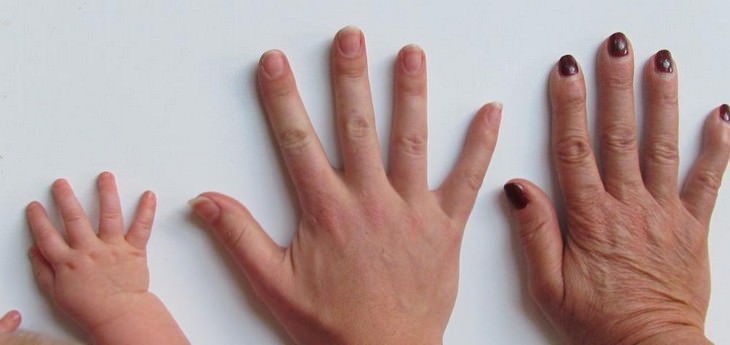
2. Too Much Sodium
Excess consumption of fried and salted foods may lead to swelling in the hands . The swelling appears along the fingers, from base to tip. The reason for this is that the body needs to maintain the sodium-water balance, so it compensates by retaining fluids in the hands and feet. The swelling usually goes away within a day, unless there is a lot of salt in your system. If this is a regular occurrence, try removing salt from your diet for a week and see if the issue persists.
3. Swollen Hands While Walking
If you feel like your hands swell after you have been walking, then you’re not alone. This is a common phenomenon that happens as a result of changing weather conditions, body temperature changes, and an electrolyte imbalance. Electrolytes are minerals that the body needs and their levels relative to water must remain balanced to prevent tissue swelling. When we sweat – we lose electrolytes, which can cause our body to swell as a result.

Prevention:
• Remove anything that may put pressure on your fingers or arms before exercising. Avoid wearing rings, watches, and tight-sleeved shirts.
• Carry with you an item you can grab in your hands from time to time during the exercise, to encourage blood to flow to your palms. The point of this action is to improve circulation, so don’t grab the item too hard. You can use a small water bottle, a rubber ball, a cane, or any other cylindrical object that isn’t too heavy.
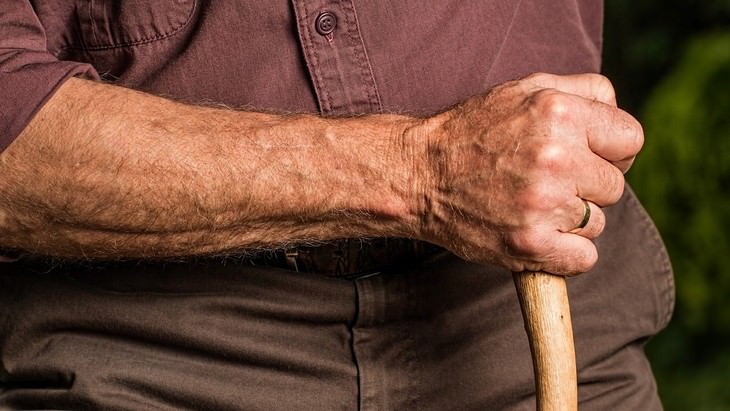
• Keep your arms loose by straightening your arms before you start your walk, and rotating them. Repeat a few times during the walk. Straighten your arms and, one hand at a time, do a full circle backward, with your palm facing out. Repeat this exercise 10-15 times for each hand. During your walk, stretch your hands up above your head for a few seconds from time to time.
• Keep your hands open when you walk and try to leave them as loose as possible. Bunch them into a fist from time to time for a few seconds, then open them up again, stretching the fingers as much as you can, and pretend you’re playing a piano for a few seconds.
• Hold your hands close to your torso and move them parallel to the body, without letting them meet. If your hands touch at chest height you’re moving your hands incorrectly.
• Make sure you drink a lot of water before you go on your walk. This will prevent an imbalance in your salts/liquid ratio that may lead to more swelling. To make sure you drink enough, weigh yourself after drinking, then once more after the exercise. If your weight decreases – you did not drink enough.
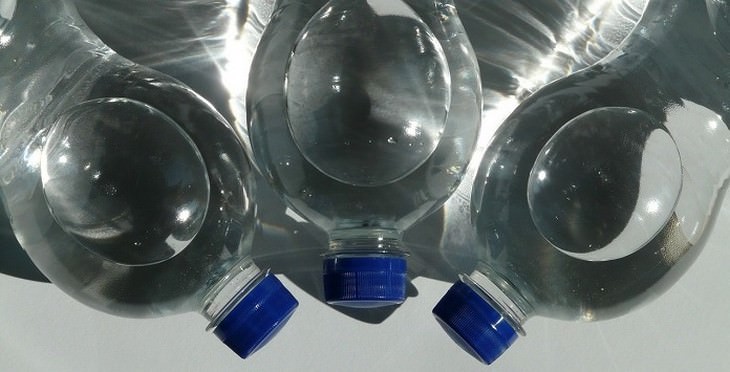
4. Seasonal Swelling
This type of swelling occurs during the summer in both your hands and feet simultaneously, and can even cause swelling in your arms and legs. While this is an unpleasant occurrence, it's also temporary. Heat causes your blood vessels to swell, in order to cool our body faster. During these times, some fluids in your bloodstream may leak into the surrounding tissues, causing the swelling. This is normal and the swelling will subside on its own.
If the swelling is accompanied by pain, contact your doctor.
5. Lymphedema
Lymphatic edema occurs when localized fluid retention and tissue swelling is caused by a compromised lymphatic system, which normally returns interstitial fluid to the thoracic duct and then the bloodstream. The swelling can spread to your arms and legs, and the skin will often feel taut or thicker than usual. Lymphedema may appear after a surgical procedure, or in rare cases from lymphoma. The first few times, the symptoms will disappear on their own but do not neglect this, otherwise, it will become a chronic condition.
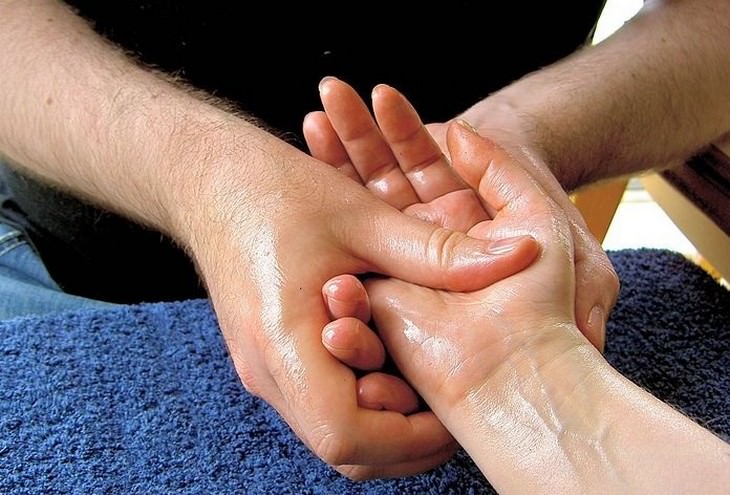
Treatment options:
• Rest – When the symptoms first manifest and the skin is still soft, make it a priority to allow the hand to rest and remain as elevated as possible. This is done to reduce pressure on your lymphatic system and prevent fluid retention.
• Compression bandaging – Contact your doctor to get a pressure bandage. This will prevent the edema from spreading.
• Combined physical therapy – This treatment includes localized massages, and recommendations for physical exercise that will work the muscles in the affected area, which will help fluid drainage. Therapy will also include guidelines for maintaining hygiene in the area and prevention of infections.
6. Osteoarthritis
Swollen knuckles and the joints in your fingers can be the result of osteoarthritis. This usually occurs as a result of damaged cartilage, growth of bone “spikes” in the joints, which will usually be accompanied by repeating inflammations, swelling, burning sensation in the fingers, pain, and stiffness. Osteoarthritis may appear due to age-related processes, or after trauma to the cartilage (due to disease or other causes).
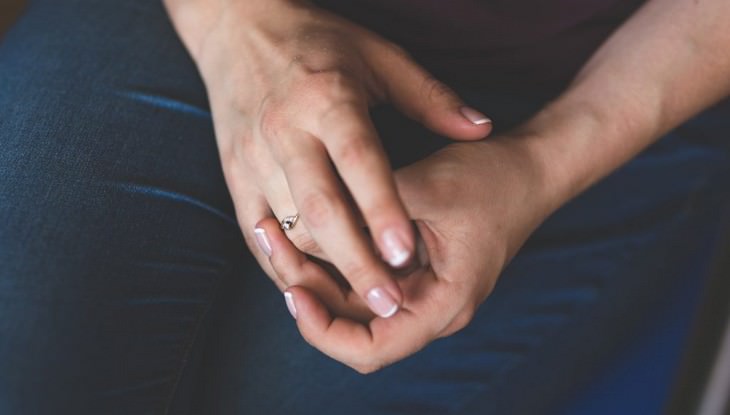
At this time, there are no treatments to heal the inflammation, that is why early diagnosis is very important if you wish to keep your joints in a good condition, and be pain-free. If you notice symptoms similar to those mentioned above, ask your doctor for an X-ray of your hands. If the problem is the result of damage to the cartilage, it will be visible in the X-ray and the state of the inflammation can be determined.
In later stages, painkillers will be administered either via pills or through localized injections, along with personalized physical therapy. If the pain persists, consider acupuncture, as it has been shown to help some osteoarthritis patients.
7. Raynaud Syndrome
This is a disease that causes swelling in the hands due to a malfunction in the part of the brain that is in charge of your blood vessels, causing them to constrict in cold temperatures or when under mental stress. In the case of cold temperatures, people with Raynaud’s suffer from reduced blood flow to their extremities.
The sensation of swelling first appears in one finger, and slowly spreads to the rest. Other symptoms include a sensation of cold in the extremities, as well as discoloration and a tingling sensation in the fingers and toes.

Treatment is divided into several stages:
• Avoiding external causes – Avoid cold temperatures and maintain a high, stable body temperature by wearing warm clothes and gloves during the cold season.
• Avoiding chemicals that affect the blood vessels – Smoking, excessive consumption of caffeine, and medication that affects the blood vessels should be avoided.
• Avoiding strain on the hands – Try and avoid any monotonous and repetitive actions in your hands, such as typing, or working with tools that cause strain in the hands.
• Regular physical exercise – This will improve your overall blood flow.
• Counseling – This will reduce mental stress, which affects the nervous system, which also controls the constriction of blood vessels.
Other Possible Causes of Palm Swelling
If you've got swollen hands, there's quite a good chance that it is being caused by one of the above conditions. However, there are unfortunately quite a number of health issues that can cause swollen hands, so if the swelling does not seem to fit in with any of the above conditions, you might want to watch out for these triggers of palm swelling too, especially if other symptoms are also present:
• Cellulitis - a bacterial skin infection which causes tender, red skin to become swollen and warm.
• Insect stings - can be accompanied by redness, itching, and swelling.
• Insect bites - common symptoms include pain, itching, swelling, bumps, and redness.
• Oak, poison ivy or sumac - a toxin found in these plants causes an itchy, allergic rash, complete with welts and blisters.
• Multiple sclerosis - apart from hand swelling, MS is known to cause problems with movement, speech, and balance.
• Angioedema - swelling that occurs under the skin, and can also break out around the lips and eyes.
• Scleroderma - a rare immune disorder that causes collagen to accumulate and harden in the tissue.
• Brachial plexus nerve injury - can cause swelling, numbness and tingling in the neck, shoulders, and hands.
• Peripheral neuropathy - a nerve condition of the extremities that can induce pain, numbness and tingling sensations.
• Tendinitis - pain in the muscles or tendons, commonly accompanied by stiffness or swelling.
• Osteomyelitis - a bone infection that can cause pain, swelling, and redness.
• Cervical (neck) spinal stenosis - a spinal condition that typically causes weakness, pain, swelling or numbness in the neck, arms or legs.
• Dupuytren's contracture - a hand tissue condition that could cause the fingers to swell and curl.
• Lupus - a chronic autoimmune disease, typified by rashes, swollen joints, and swollen lymph nodes.
• Water retention - when too much moisture builds up in your body, your limbs may begin to swell up.
• Gout - a buildup of uric acid in the joints, causing fever, joint pain, as well as red and swollen joints.
• Pseudogout - a form of arthritis that resembles gout, causing pain and swelling.
Make sure you share this useful information with your friends and family, too.
 Go to BabaMail
Go to BabaMail





















